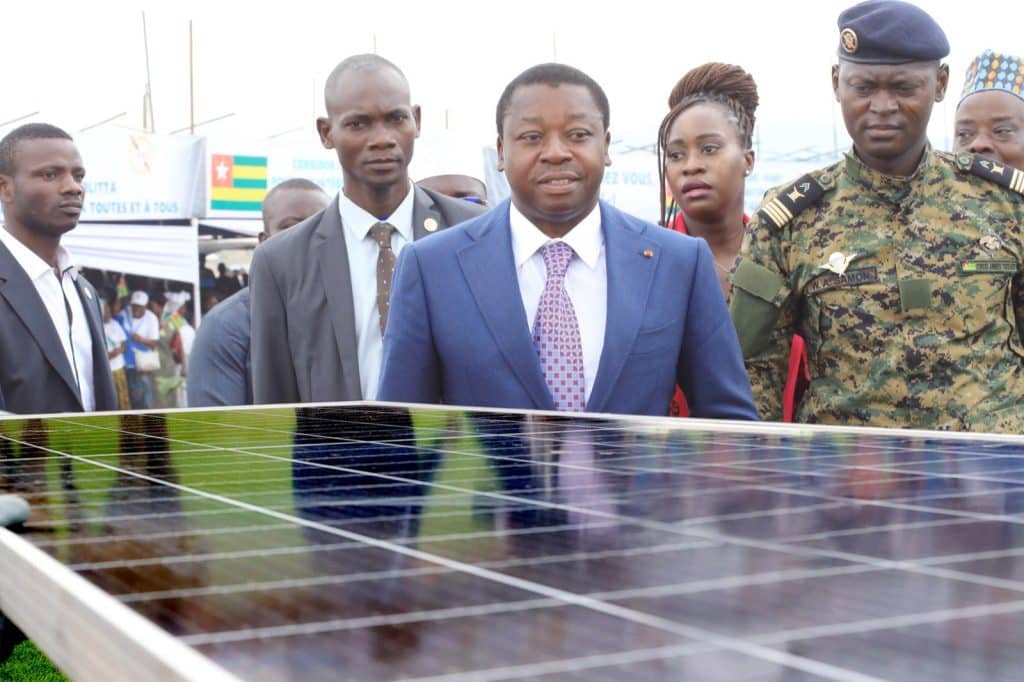This is it. Work on the third phase of the Blitta photovoltaic solar power plant has officially begun in Togo. The President of the Republic, Faure Essozimna Gnassingbé, visited the project site in the Central Region to lay the foundation stone. The work, which should be completed before the end of 2023, will increase the capacity of the Blitta solar power plant to 70 MWp, making it the largest solar photovoltaic plant in West Africa.
Je me suis rendu à #Blitta ce jour pour marquer le lancement des travaux d’extension de la centrale solaire photovoltaïque.
J’ai été sensible à la ferveur populaire que j’y ai trouvée, et je tiens à remercier les populations pour leur accueil toujours chaleureux. pic.twitter.com/Rr2BOJSZSp
— Faure E. GNASSINGBÉ (@FEGnassingbe) March 21, 2023
“This project would not be possible without the continued support of the Togolese government, which continues to demonstrate its commitment to renewable energy and access to energy for the Togolese people,” said Hussain Al Nowais, President of Amea Power, at the laying of the foundation stone for the third phase of the project. With a capacity of 50 MWp, the first two phases of the plant have been operational since June 2022.
Electricity storage
The Blitta solar power plant has been named Mohamed Bin Zayed, after the Emir of Abu Dhabi and President of the United Arab Emirates (UAE). The output of the Blitta solar plant is sold to the Compagnie Energie Electrique du Togo (CEET) under a 25-year power purchase agreement (PPA). According to estimates by its developer Amea Power, the solar plant is capable of supplying 158,333 Togolese households. But after its expansion, the plant should meet the energy needs of at least 222,000 Togolese households.
Read also- TOGO: $64 million from the World Bank for solar energy and electricity storage
The work now underway is being carried out by Amea Technical Services, a subsidiary of Amea Power. The Dubai-based independent power producer (IPP) is expected to invest $25 million in the development of this third phase. Funding is being provided by the Abu Dhabi Export Office (ADEX), a financial facility of the Abu Dhabi Fund for Development (ADFD).
The work will also allow for the installation of a 4 MWh battery storage system to reduce the intermittency associated with the production of solar photovoltaic energy. The plant should then continue to supply the CEET electricity network after sunset.
Jean Marie Takouleu
